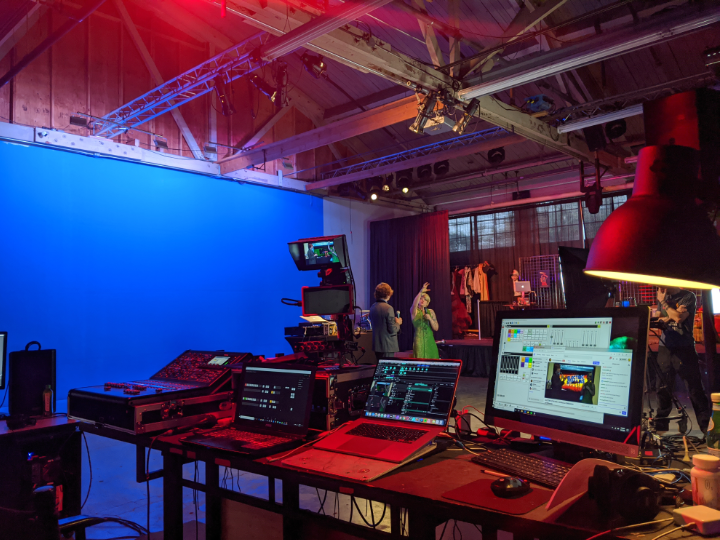Conquering Obstacles in the Craft of Video Image Mapping Execution
Wiki Article
Visual projections mapping technology is an innovative technology that converts ordinary areas into engaging displays. This technique allows creators and designers to project images and footage onto objects like buildings, statues, or theaters, creating an engaging aesthetic experience. However, despite its capabilities, executing video projection mapping effectively comes with several obstacles. Understanding and overcoming these hurdles is crucial for anyone looking to create memorable projection art.
One of the primary difficulties in video projection mapping is ensuring that the projected image matches accurately with the surface. This procedure, known as "mapping," demands accurate measurements and calculations. If the projection is not matched properly, the images can appear warped or misplaced. To tackle this problem, creators often use dedicated software that assists in mapping the visuals to the object's size. Moreover, conducting comprehensive tests before the ultimate projection can help identify any discrepancies and allow for modifications to be made.

Another significant challenge is the varying luminosity and color of the displayed visuals. Different surfaces respond variously to illumination, which can affect how the colors look once cast. For instance, a pale surface will bounce brightness differently than a deep one. To overcome this, creators must think about the surface characteristics before choosing the hues and light levels for their displays. Testing the display on the actual surface during the preparation phase can provide valuable understanding into how the final show will look.
Technological issues can also create a challenge in video projection mapping. Issues such as equipment failure, software glitches, or network issues can disrupt the entire project. To minimize these risks, it is essential to conduct comprehensive hardware inspections and have contingency plans in place. This can comprise having additional cables, projectors, and even alternative software choices ready to go. Being prepared for technical issues can ensure a smoother execution of the display.
Finally, viewers' engagement is find out here an essential read the full info here aspect of video projection mapping. While the visuals are critical, how the audience interact with the display can make a significant difference. Creators must think about how to create their displays to attract viewers’ focus and promote interaction. This can involve incorporating elements that invite participation or create a narrative that resonates with the audience. Gathering feedback from test audiences can also help refine the presentation to enhance engagement.
In conclusion, overcoming obstacles in video projection mapping demands meticulous preparation and innovation. By tackling the issues of matching, luminosity, technological issues, and audience engagement, creators can produce stunning and effective projections. With the right strategies in place, video projection mapping can change common areas into extraordinary experiences, engaging viewers and leaving a lasting impression.